Gheimé Polo
قیمه پلو
قیمه پلو
Azadeh
 My grandmother’s was a legend. My mom’s and my aunts’ were decent, but couldn’t compare with grandma’s. King of beef stews, it’s cooked with yellow lentils and a mysterious sauce whose make up escapes me to this day, and when it’s all ready to be served with saffron rice, grandma tops it up with homemade fries. Fries, yes, it’s found its way into or rather unto a very traditional Iranian meal.
My grandmother’s was a legend. My mom’s and my aunts’ were decent, but couldn’t compare with grandma’s. King of beef stews, it’s cooked with yellow lentils and a mysterious sauce whose make up escapes me to this day, and when it’s all ready to be served with saffron rice, grandma tops it up with homemade fries. Fries, yes, it’s found its way into or rather unto a very traditional Iranian meal.
But it’s not the image of grandma’s spacious living room, nor herself, bent over numerous pots in the kitchen that suddenly took hold of me, when the scent of the store-bought Gheimé Polo rose from the aluminium container. It was the image of blood, of tall women in black tchadors, of incessant and suffocating cries and weeping.
In the excruciating summer heat of Tehran, as the air heavy with pollution mimics Karbala’s desert, and tall cement walls give life to images of bloodied martyrs, it’s not difficult to relive the death of Imam Hossein and his 72 disciples back in the 7th century. Ordinarily empty mosque yards are filled with people dressed in dark, with darkness in the eyes, in their voices and even in the way they move. Wide black curtains divide the space between men’s and women’s quarters, but everything and everyone mixes in the sweeping wave of weeping that effaces all individuality. Ô, thou, fierce and victorious force of mourning!
I remember thirst, I remember constant search for yet another cup of water. And I remember long queues for Gheimé Polo distributed by mosques and other “benefactors”, because, of course, mourning is inseparable from pity, poverty, and delicious Gheimé Polo.
 My grandmother’s was a legend. My mom’s and my aunts’ were decent, but couldn’t compare with grandma’s. King of beef stews, it’s cooked with yellow lentils and a mysterious sauce whose make up escapes me to this day, and when it’s all ready to be served with saffron rice, grandma tops it up with homemade fries. Fries, yes, it’s found its way into or rather unto a very traditional Iranian meal.
My grandmother’s was a legend. My mom’s and my aunts’ were decent, but couldn’t compare with grandma’s. King of beef stews, it’s cooked with yellow lentils and a mysterious sauce whose make up escapes me to this day, and when it’s all ready to be served with saffron rice, grandma tops it up with homemade fries. Fries, yes, it’s found its way into or rather unto a very traditional Iranian meal.But it’s not the image of grandma’s spacious living room, nor herself, bent over numerous pots in the kitchen that suddenly took hold of me, when the scent of the store-bought Gheimé Polo rose from the aluminium container. It was the image of blood, of tall women in black tchadors, of incessant and suffocating cries and weeping.
In the excruciating summer heat of Tehran, as the air heavy with pollution mimics Karbala’s desert, and tall cement walls give life to images of bloodied martyrs, it’s not difficult to relive the death of Imam Hossein and his 72 disciples back in the 7th century. Ordinarily empty mosque yards are filled with people dressed in dark, with darkness in the eyes, in their voices and even in the way they move. Wide black curtains divide the space between men’s and women’s quarters, but everything and everyone mixes in the sweeping wave of weeping that effaces all individuality. Ô, thou, fierce and victorious force of mourning!
I remember thirst, I remember constant search for yet another cup of water. And I remember long queues for Gheimé Polo distributed by mosques and other “benefactors”, because, of course, mourning is inseparable from pity, poverty, and delicious Gheimé Polo.

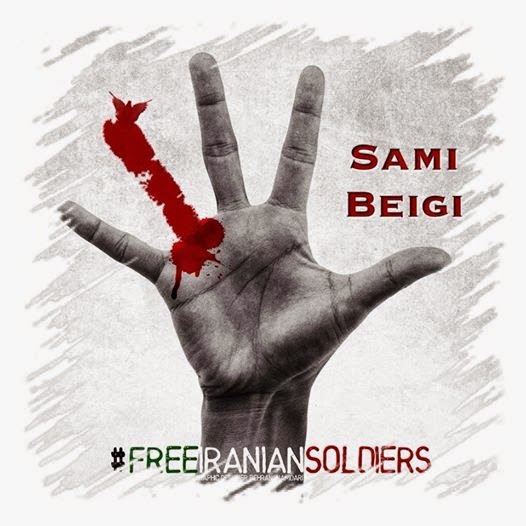






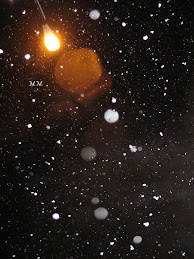

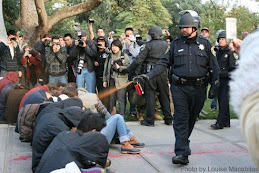
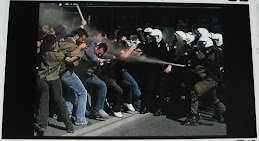













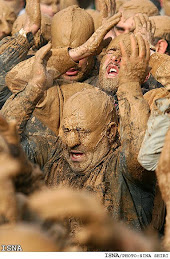
No comments:
Post a Comment